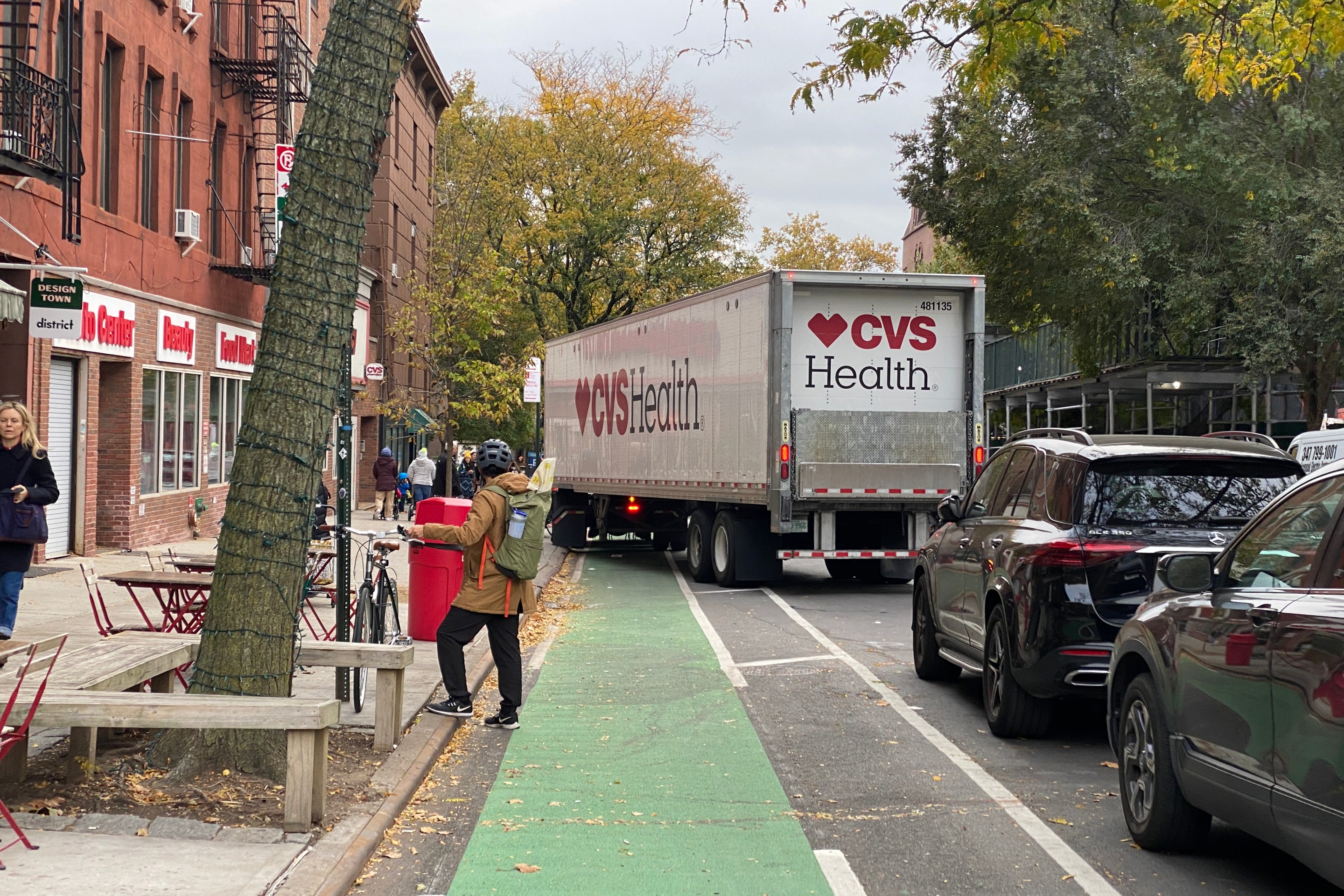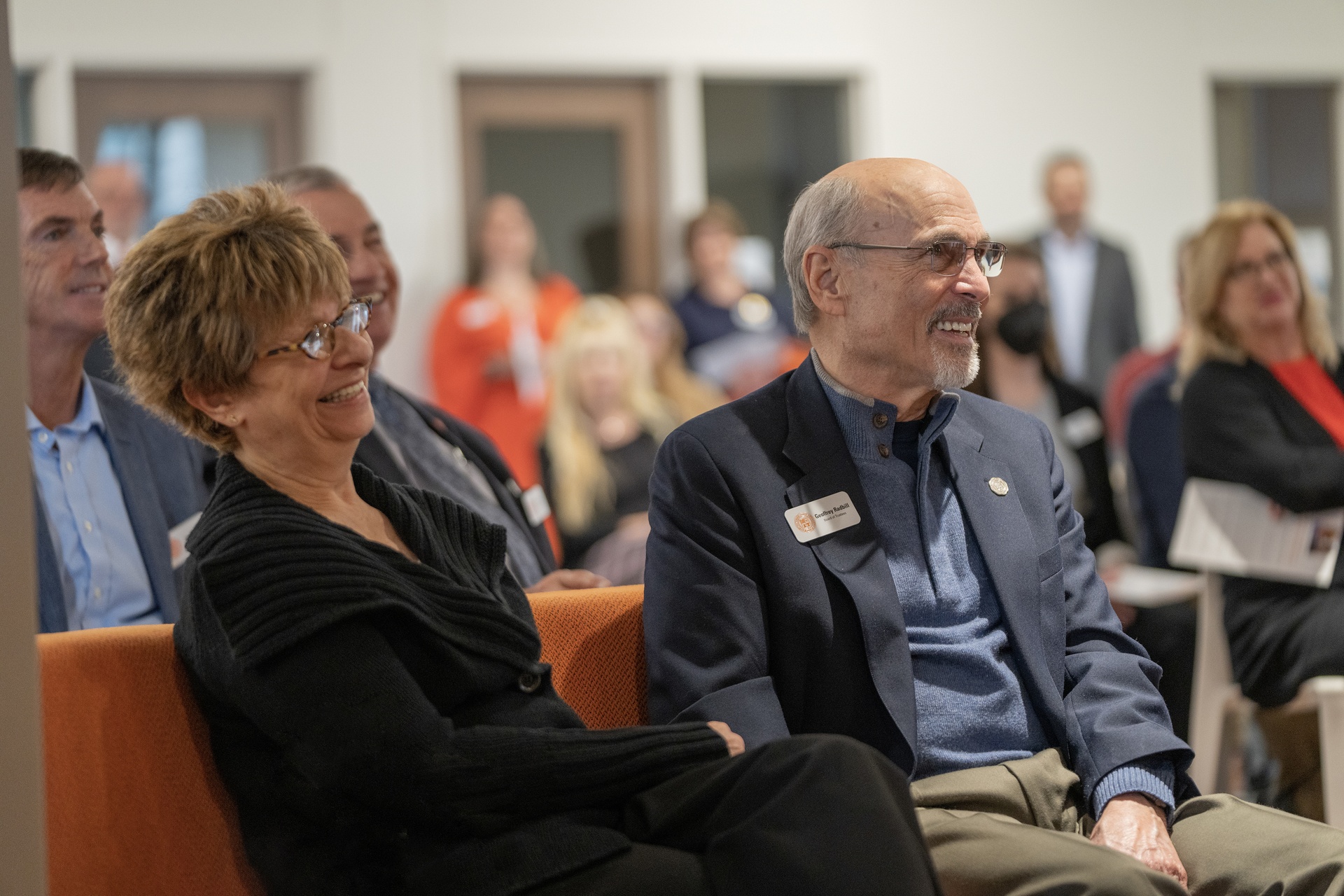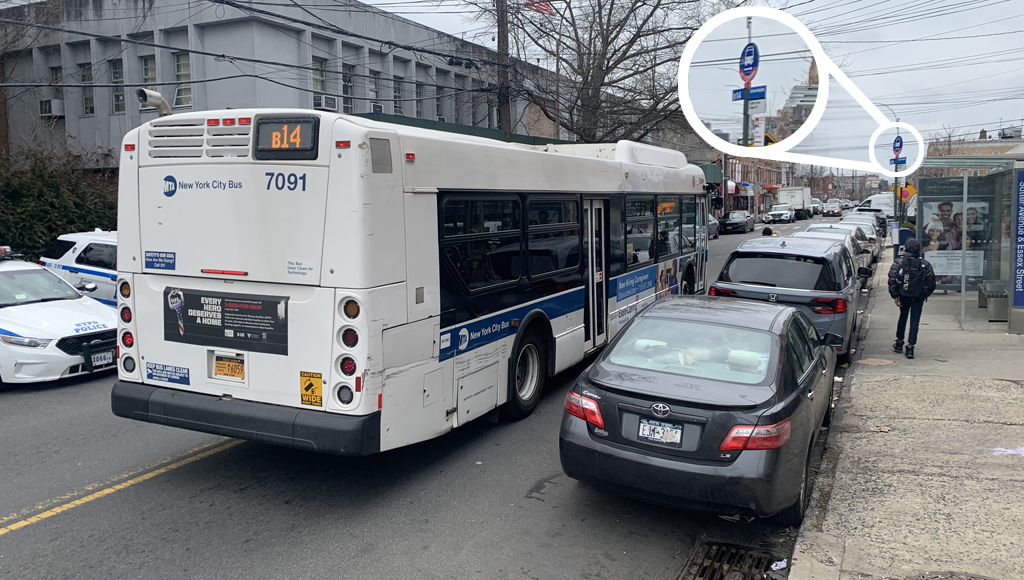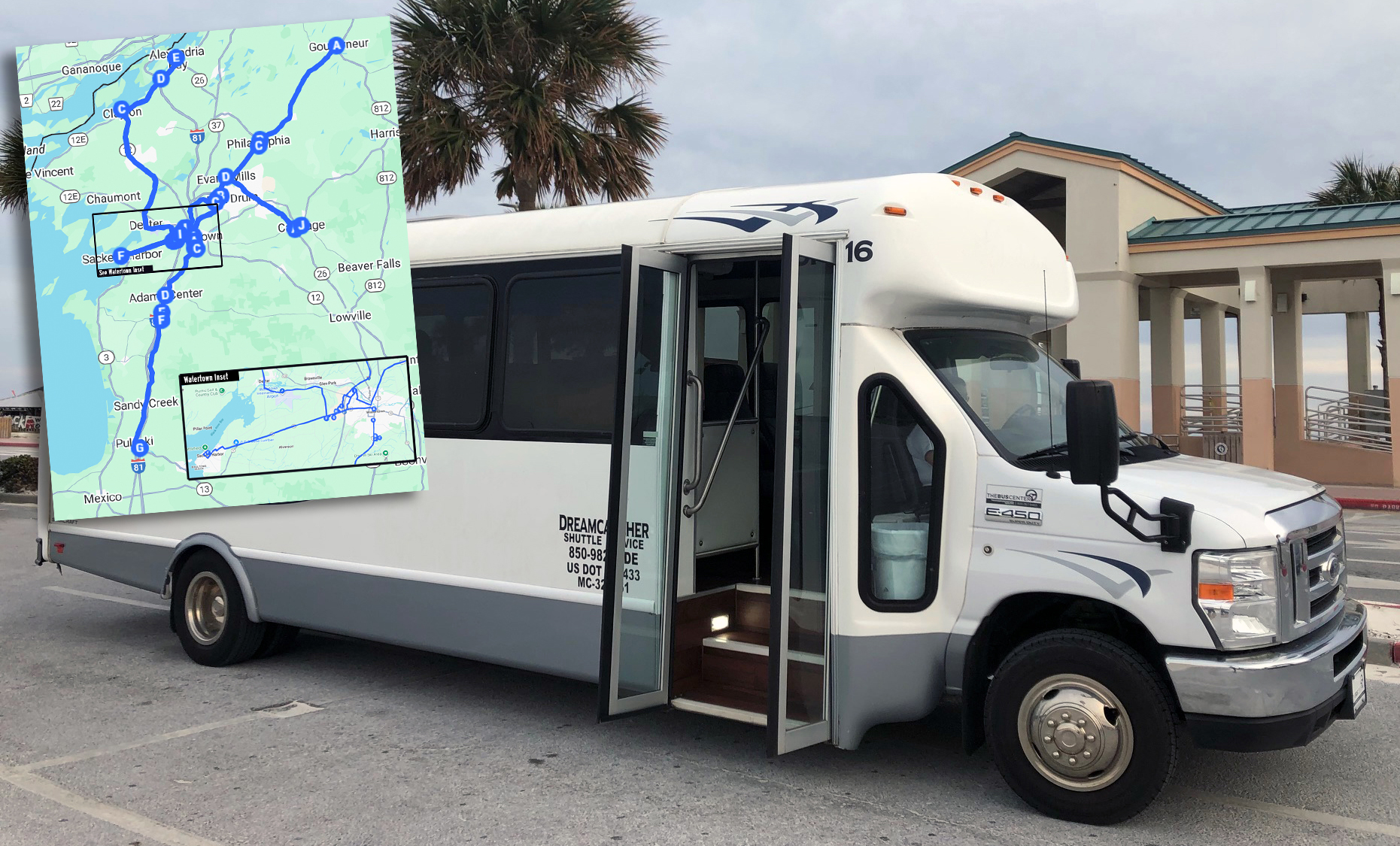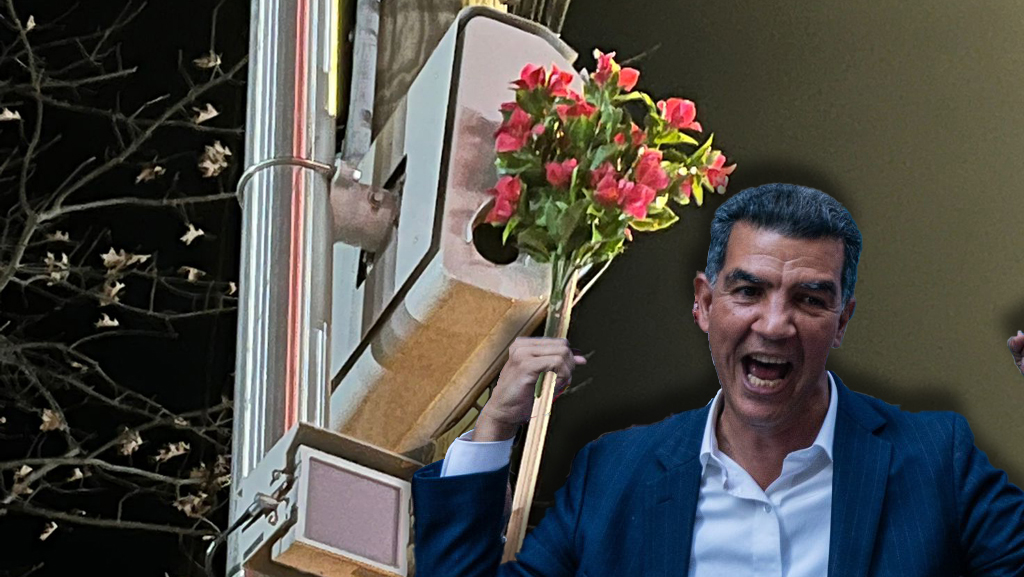Via Greater Greater Washington, the Huffington Post is reporting that House Democrats have released a draft summary of an economic stimulus bill, and at first blush there's little for green transportation advocates to cheer. $30 billion is slated for highways, $10 billion for transit -- a marginal improvement over the longstanding 80/20 split in federal funding. Check after the jump for more details.
The transit figure falls short of the $12.5 billion called for by Rep. James Oberstar, and it appears as though none of the funds would go toward desperately needed operating assistance. The money set aside for capital investment, meanwhile, pales beside even conservative estimates of current needs.
There's no indication yet as to how the highway money would be distributed, but Rep. David Obey, chair of the committee that released the draft, has publicly stated that he wants all of it funneled directly to state DOTs -- a recipe for more highway lanes, more traffic, and more pollution.
The document does not mention any dedicated stream for bike or pedestrian projects.
Intercity rail gets $1.1 billion when the northeast corridor alone has a $10 billion backlog according to the feds' own estimates.
While this draft is certainly headed for significant revisions, as Matthew Yglesias points out, that's not necessarily good news. Seems like a prime opportunity for soon-to-be-President Obama to show city dwellers that he's more than just talk when it comes to urbanism.
The Streetsblog Network is all over this story -- follow the jump for a sampling of what they're saying.
...overall, the bill lacks any overriding ambition, and seems to be willing to provide only the modicum of funding with little attention to greater goals or even current needs.
Twin Cities Streets for People
If the $30 B in road money is used for maintenance, to preventthings like future 35-W bridge collapses... and if the other $30 B inenergy-saving infrastructure includes alternative transportationinvestments that can help our cities get away from carbon-centeredauto-centered travel... then it looks like a pretty good deal. Of course, those are two big 'ifs'
On the transit/Amtrak side, we continue to see lack of parity withregard to highway financing–approximately $10 billion. What isinteresting is to note the disparities between the demand for financingand what is proposed in the bill. Whereas the bill gives about half ofthe financing needed for highway projects, in the areas of transitupgrade/repair and Amtrak, the proposed federal contributions arerather minimal.
From the bill draft:
MODERNIZE ROADS, BRIDGES, TRANSIT AND WATERWAYS
To build a 21st century economy, we must engage contractors across
the nation to create jobs - rebuilding our crumbling roads and bridges,
modernizing public buildings, and putting people to work cleaning our
air, water, and land.Highway Infrastructure: $30 billion for highway and bridge
construction projects. It is estimated that states have over 5,100
projects totaling over $64 billion that could be awarded within 180
days. These projects create jobs in the short term while saving
commuters time and money in the long term. In 2006, the Department of
Transportation estimated $8.5 billion was needed to maintain current
systems and $61.4 billion was needed to improve highways and bridges.Transit: Public transportation saves Americans time and money,
saving as much as 4.2 billion gallons of gasoline and reducing carbon
emissions by 37 million metric tons each year.
- New Construction: $1 billion for Capital Investment Grants for new
commuter rail or other light rail systems to increase public use of
mass transit and to speed projects already in construction. The Federal
Transit Administration has $2.4 billion in pre-approved projects.- Upgrades and Repair: $2 billion to modernize existing transit
systems, including renovations to stations, security systems,
computers, equipment, structures, signals, and communications. Funds
will be distributed through the existing formula. The repair backlog is
nearly $50 billion.- Transit Capital Assistance: $6 billion to purchase buses and
equipment needed to increase public transportation and improve
intermodal and transit facilities. The Department of Transportation
estimates a $3.2 billion maintenance backlog and $9.2 billion in needed
improvements. The American Public Transportation Association identified
787 ready-to-go transit projects totaling $15.5 billion. Funds will be
distributed through the existing formulas.Amtrak and Intercity Passenger Rail Construction Grants: $1.1
billion to improve the speed and capacity of intercity passenger rail
service. The Department of Transportation's Inspector General estimates
the North East Corridor alone has a backlog of over $10 billion.

